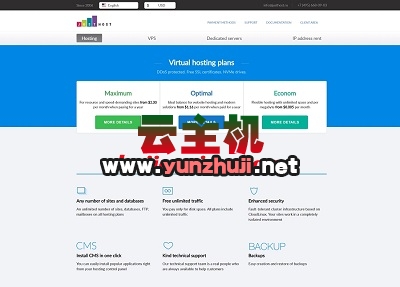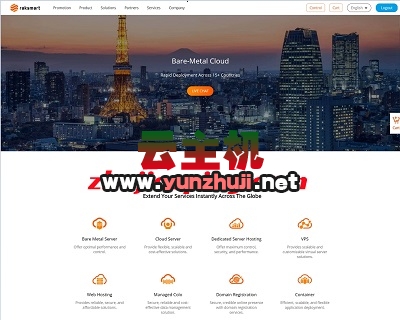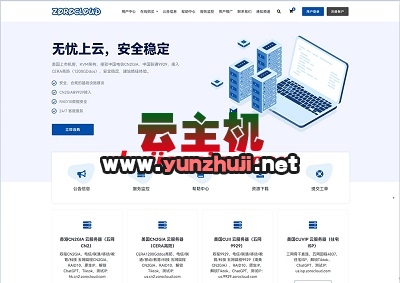Creating English Documents: A Comprehensive Guide
(图片来源网络,侵删)In the world of business and academia, the ability to create clear and professional documents in English is crucial. Whether you are drafting invoices, reports, or any other form of documentation, precision and clarity are essential. This guide will walk you through the process of creating English documents, ensuring that your content is accurate, comprehensive, and logically structured.
Preparation and Planning
Before putting pen to paper or fingers to keyboard, it’s vital to prepare and plan your document. Start by defining the purpose of your document. Is it to inform, request, report, or persuade? Knowing the objective will guide your content selection and structure.
Identify Your Audience
Understand who your readers are. Different audiences may require different levels of formality, technical language, or specific details. For instance, a technical report for engineers will differ significantly from a marketing brochure aimed at consumers.
Research and Gather Information
Collect all necessary information beforehand. This could involve gathering financial data for an invoice, research findings for a report, or product specifications for a user manual. Ensure that your sources are reliable and uptodate.
(图片来源网络,侵删)Outline Your Document
Create a rough outline of your document. This will serve as a skeleton for your content, helping you organize thoughts and ensure a logical flow. An outline typically includes headings, subheadings, and key points under each section.
Writing Your Document
With preparation complete, it’s time to start writing. Here’s how to approach each section:
Title and Headings
Choose a title that accurately reflects the content and purpose of your document. Use headings and subheadings to break up text and make it easier to read. They should be clear and descriptive, guiding the reader through your document.
Introduction or Purpose
(图片来源网络,侵删)Begin with a brief introduction or statement of purpose. This should provide context and set the tone for what follows. For example, an invoice might start with the date, invoice number, and a summary of services provided.
Body Content
This is where you deliver the main message. Each section should focus on one key point, using clear and concise language. Avoid jargon unless it is standard in your field and understood by your audience. Use lists or tables to present complex information clearly.
Conclusion or Summary
Summarize the main points and restate the purpose or request of the document. In some cases, this is where you’ll make a call to action, telling the reader what you want them to do next.
References and Appendices
If your document cites external sources or includes supplementary material, add these sections last. Ensure that references are formatted correctly according to the appropriate citation style (e.g., APA, MLA, Chicago).
Reviewing and Finalizing
Once the initial draft is complete, it’s time to review and refine your work.
Check for Accuracy
Verify all facts, figures, and statements. If your document includes instructions or directions, test them to ensure they produce the desired outcome.
Assess Clarity and Coherence
Read your document aloud to check for awkward phrasing or unclear sentences. Ensure that transitions between sections are smooth and logical.
Proofread for Grammar and Spelling
Use tools like spellcheckers and grammar checkers, but also proofread manually. Automated tools can miss contextrelated errors.
Formatting and Layout
Pay attention to the visual aspects of your document. Use consistent fonts, margins, and spacing. Make sure tables and figures are clearly labeled and referenced in the text.
Obtain Feedback
If possible, have someone else review your document. Fresh eyes can catch mistakes or areas of confusion that you might have overlooked.
Final Touches
Make any necessary adjustments based on feedback and your own review. Ensure that all elements—text, images, tables—are properly aligned and formatted.
Printing or Electronic Submission
Depending on the nature of your document, you may need to print it or submit it electronically. Follow any specific guidelines for formatting and submission provided by the recipient.
Printing
Use a good quality printer and paper. Ensure that all pages are printed clearly and that any necessary copies are made.
Electronic Submission
Save your document in the required format (e.g., PDF for universal compatibility). Include a clear subject line in emails and attach the document following any specified guidelines.
Now that we’ve covered the creation process let’s address some frequently asked questions related to document creation in English.
FAQs
Q1: How do I avoid common language mistakes in my English documents?
A1: To avoid common language mistakes, always proofread your document carefully. Use online resources or reference books to check grammar rules and spelling. Consider using language editing software or services if available. Additionally, having a native speaker or someone proficient in English review your document can help identify errors you may have overlooked.
Q2: What are some tips for maintaining a professional tone in my documents?
A2: To maintain a professional tone, stick to a formal writing style appropriate for your audience. Avoid colloquial language and contractions. Use polite and respectful language, even when expressing disagreement. Be clear and concise, avoiding unnecessary embellishments. Remember that professionalism also extends to the appearance of your document; ensure consistent formatting and correct any typos or layout issues before submitting.

 云主机测评网
云主机测评网














最新评论
本站CDN与莫名CDN同款、亚太CDN、速度还不错,值得推荐。
感谢推荐我们公司产品、有什么活动会第一时间公布!
我在用这类站群服务器、还可以. 用很多年了。